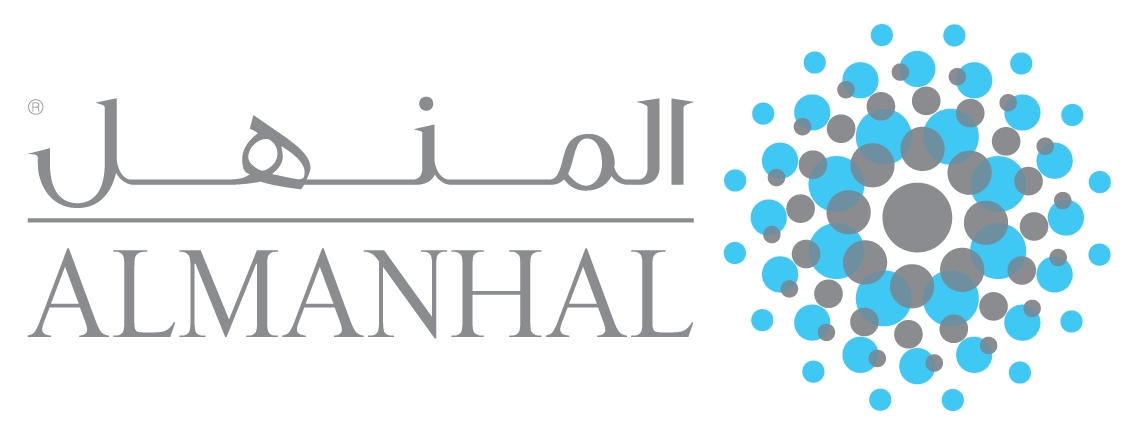Developing The Hybrid Model (Waqf & Zakat) For Improving The Zakat Recipients’ Healthcare In Selangor
DOI:
https://doi.org/10.31436/jif.v10i.528Abstract
The paper aims to develop a system that will strengthen zakat recipients' healthcare through coordination between waqf and zakat institutions. According to sources, Selangor has a lot of waqf and zakat reserves that are not being used. To resolve these issues and optimize the usage of barren and underused properties of Waqf and Zakat, a better management structure is needed. To accomplish the objective, this research employs a qualitative approach. It is found in the study that the Zakat and Waqf can be used for investment purposes; however, return from these investments should be used for the intended purpose and, i.e., to ensure social well-being, especially of the marginalized groups of society. The proposed model holds significance in improving the healthcare of zakat recipients and leading the society towards achieving social well-being and better living standards. This study's results may enhance the policymakers' understanding and contribute to better utilization of Zakat and Waqf assets. Besides, it will also enhance zakat collection and distribution and contribute to Waqf and Zakat funds' efficient management. There are certain limitations to the study in data availability, such as official data for waqf land in Selangor is available till December 31, 2016.
Downloads
References
Abdul Hamid, H. (June 2011). Tracking the Distribution of Zakat in Selangor-Social Development. Hamizul Abdul Hamid, Retrieved from http://hamizul.com/menelusuri-agihan-zakat-di-selangor-siri-1/.
Ahamd, I. & Ma'in, M. (2014). The efficiency of zakat collection and distribution: Evidence from two stage analysis. Journal of Economic Cooperation and Development, 35(3), 133–170.
Akrama Sabri. (2015, August 28). HealthCare in Islam.
Ali et.al. (2016). Implementation of the islamic quality management system MS1900 and its benefits: A case study at the department of Hajj, Waqf and Zakah, Malaysia. Global Journal Al-Thaqafah, 6(2): 85–98.
Almaany. (2020). Definition and meaning Zakat.
Al-Mutlaq, A. (2020, September 13). Zakat can be used for medical treatment. Retrieved from Arab News: https://www.arabnews.com/
Ambrose, A., et al. (2015). The Possible Role of Waqf in Ensuring A Sustainable Malaysian Federal Government Debt. Procedia Economics and Finance: Vol 31, 333-345. https://doi.org/10.1016/S2212-5671(15)01205-8.
Aminnuraliff, M. (2020). LZS contributed 2,000 sets of PPE. Sinar Harian, Retrieved from https://www.sinarharian.com.my/article/84371/EDISI/Selangor-KL/LZS-sumbang-2000-set-PPE.
Andreoni, J. (2001). Philanthropy. Economics of International Encyclopedia of the Social & Behavioral Sciences 11369-11376.
Che Zuina Ismail, N. J. (2015). Administration and Management of Waqf Land in Malaysia: Issues and Solutions. Mediterranean Journal of Social Sciences, Vol 6 (4), 613-620.
Çizakça. (November 1998). Awqaf in History and its Implications for Modern Islamic Economies. Islamic Economic Studies, 6(1), 43-70. Available at SSRN: https://ssrn.com/abstract=3164811.
CodeBlue. (2020, June 2). Nearly Half Of Malaysians Lack Health Coverage Beyond Public Care. Malaysia: CodeBlue.
Danila, R., Saat, et al. (December 2020). Developing a New Health Aid Dashboard System for Marginalized Muslim Community : Behaviour of the Recipient of Health Aid among the Marginalized Muslim Community in Sabak Bernam , Selangor. 4th UUM International Qualitative Research Conference (QRC 2020) (pp. 262-266). Kedah: Universiti Utara Malaysia.
Department of Health, S. S. (2020, May 20th). Jabatan Kesihatan Negeri Selangor. Retrieved from jknselangor: http://www.jknselangor.moh.gov.my/Foundation, InFocus WIEF. (2017). Retrieved from https://infocus.wief.org/role-isl-fin-waqf-healthcare/
Heng, M. M. (2018). Quality and Safety Healthcare Services for the Vulnerable. International Journal for Quality in Health Care, Volume 30, 67.
Jcorp. (2014). JCorp annual report. Retrieved from JohorCorporation: https://www.jcorp.com.my/annual-reports-19.aspx
Kefeli, Z., Johari, et al. (2017). Factors Affecting Quality of Life of Medical Assistance Recipients of Zakat Fund in
Malaysia. International Journal of Economics, Management and Accounting, 25(1), 125-140. Retrieved from https://journals.iium.edu.my/enmjournal/index.php/enmj/article/view/398.
Lokman, M. (2017, July 7). The role of Islamic finance and Waqf in healthcare. Retrieved from infocus.wief.org: https://infocus.wief.org/role-isl-fin-waqf-healthcare/
Mohd, S., Sahihda, et al. (2012). Tackling Poverty: A Look at Cash Waqf. Prosiding PERKEM VII, 611-1623.
New Straits Times. (2019, November 19). NST Leader: Finding asnaf. Retrieved from New Straits Times Press (M) Bhd.:https://www.nst.com.my/opinion/leaders/2019/11/536088/nst-leader-finding-asnaf
Noordin, K. A. (2018, September 6th). Islamic Finance: Using blockchain to improve transparency of zakat process. Retrieved from www.theedgemarkets.com: https://www.theedgemarkets.com/article/islamic-finance-usingblockchain-improve-transparency-zakat-process
Nor, N. & Mohammed, M. (2009). Categorization of Waqf Lands and their Management Using Islamic Investment Models: the Case of the State of Selangor, Malaysia. International Conference on Waqf Laws & Management: reality and Prospects, IIUM (pp. 20-22). Kuala Lumpur: IIUM.
Onisabi, A. S. (2012, July 6). Onisabi's Blog. Retrieved from Wordpress.com: https://onisabi1966.wordpress.com/2012/07/06/the-role-of-zakah-and-waqf-in-poverty-alleviation-a-strategy-forwest-africa/
Perbandanan Wakaf Selangor. (2020). Wakaf Property Statistics. Retrieved from wakfselangor.gov: http://www.wakafselangor.gov.my/index.php/hartanah-wakaf/statistik-hartanah-wakaf
Rani et.al., M. A. (2010). Waqf Management and Administration in Malaysia: Its Implementation from the perspective of Islamic Law. Malaysian Accounting Review, Special Issue, Vol. 9, No. 2, pp 115-121.
Rashid, S. K. (2018). Potential of Waqf in Contemporary World. JKAU: Islamic Econ., Vol. 31 No. 2, 53-69.
Safurah Jaafar, e. (2013). Malaysia health system review. Malaysia: Health Systems in Transition” Vol. 3 No. 1 2013. .
Shamsiah Mohamad, W. A. (2012). Classical Jurists’ View on the Allocation of Zakat: Is Zakat Investment Allowed? Middle-East Journal of Scientific Research 12 (2), 195-203.
Sharofiddin, A., Othman, et al. (2019). The Impact of Zakāt Distribution on Social Welfare: A Case Study of Selangor Zakāt Agencies, Malaysia. Al-Shajarah: Journal of the International Institute of Islamic Thought and Civilization (ISTAC).
Siddiqi, M. (1995). An Overview of Public Borrowing in Early Islamic History. Journal of Islamic Economic Studies, 2(2), 61-78. Available at SSRN: https://ssrn.com/abstract=3166810.
Taha et al. (2017). Zakat fund in Malaysia: Where does it go to? Management and Accounting Review, 16(1), 65-137.
Ulwan, A. (1986). Al Zakah Fi Daw Madhahib al-Arba’ah. . 4th edn Darul Salam.
Ulya, N. U. (2018). Legal Protection of Donation-based Crowdfunding Zakat on Financial Technology. International Conference of Zakat 2018 Proceedings, 12.












